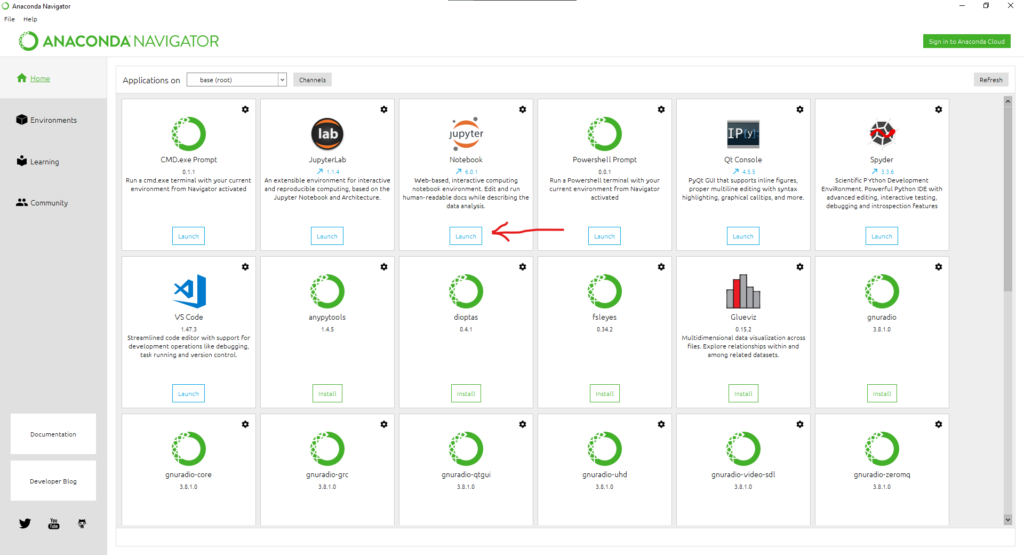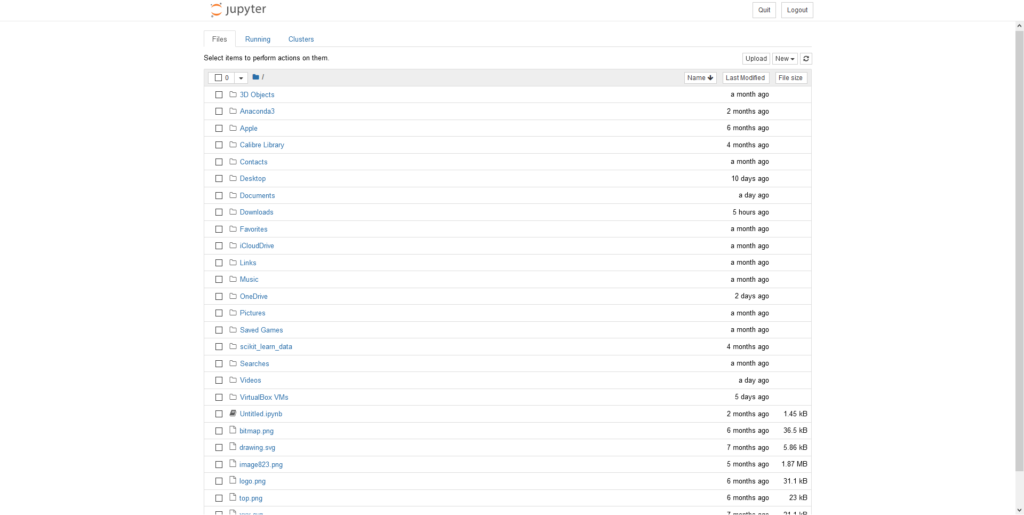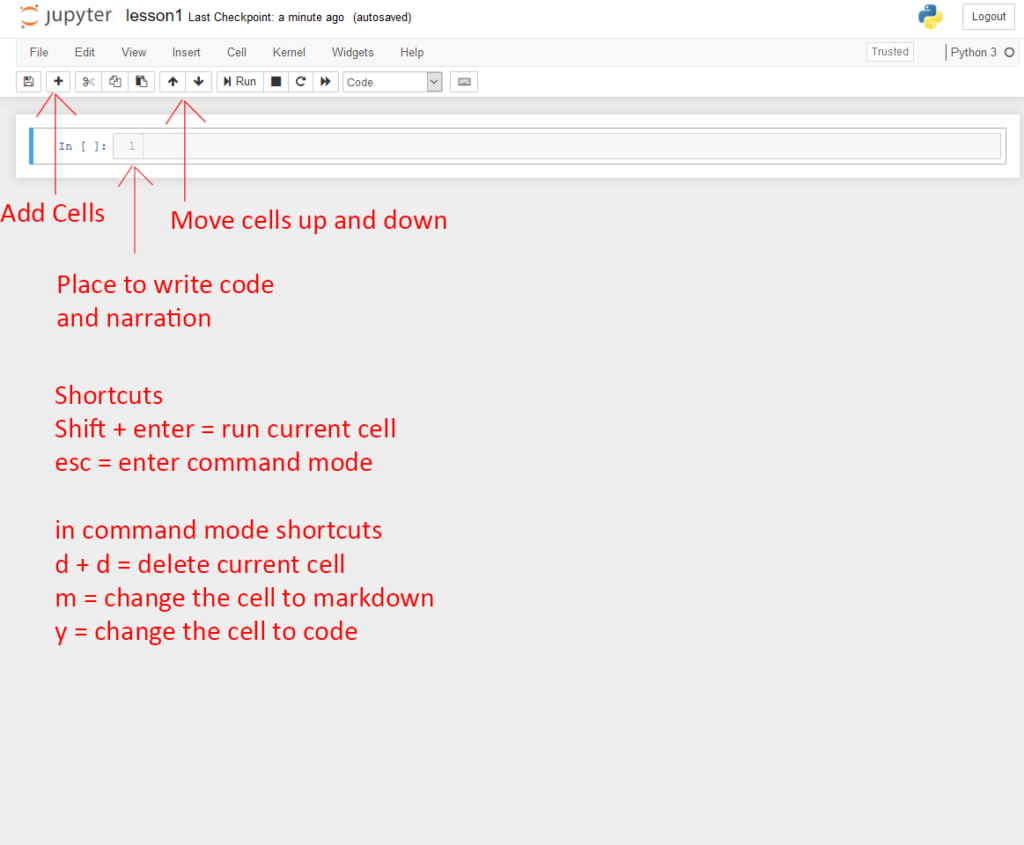அனைவருக்கும் வணக்கம் இந்த post இல் python இல் உள்ள Collections பற்றி பார்போம். python இல் நான்கு வகையான collections உள்ளது.
- List
- Tuple
- Set
- Dictionary
நாம் இந்த நான்கு collections பற்றியும் கீழே விரிவாக பார்போம்.
List
list என்பது python இல் உள்ள ஒரு வகை collection ஆகும் இது வரிசையாகவும் மற்றும் மாற்றக்கூடியதாகவும் இருக்கும். list இன் உதாரணம் கீழே கொடுக்கப்பட்டுள்ளது.
list ஐ குறிப்பதற்கு ” [ ] ” square brackets பயன்படுத்தபடும்.
thislist = ["apple", "banana", "cherry"] print(thislist)
இந்த உதாரணத்திற்கு output கீழே உள்ளது போல இருக்கும்
['apple', 'banana', 'cherry']நாம் இப்பொழுது data வை எப்படி access செய்வது என்பதை பார்க்கலாம்.
index and range of indexes
ஒரு element ஐ index பயன்படுத்தி வெளியே எடுப்பதற்க்கு கீழே ஒரு உதாரணம் கொடுக்கப்பட்டுள்ளது.
thislist = ["apple", "banana", "cherry"] print(thislist[1])
இந்த program banana என்ற output ஐ கொடுக்கும்.
நாம் இப்பொழுது range of indexes program ஐ பார்க்கலாம்.
thislist = ["apple", "banana", "cherry", "orange", "kiwi", "melon", "mango"] print(thislist[2:5])
இந்த program [‘cherry’, ‘orange’, ‘kiwi’] என்ற output ஐ கொடுக்கும்.
நான் இந்த post இல் machine learning சம்மந்தமுள்ள முக்கியமான தலைப்புகளை மட்டுமே குறிப்பிடுகிறேன். நீங்கள் python முழுமையாக படிக்க ஆசைப்பட்டால் வேறு இணையதளங்களை பார்க்கவும்.
Tuple
நாம் இப்பொழுது tuple பற்றி பார்க்கலாம். list மற்றும் tuple இவை இரண்டும் ஒரு இடத்தில் வேறுபடுகிறது அவை tuple இல் data வரிசையாக இருக்காது.
tuple ஐ குறிப்பதற்கு ” ( ) ” curve brackets பயன்படுத்தபடும்.
tuple இன் உதாரணம் கீழே கொடுக்கப்பட்டுள்ளது.
thistuple = ("apple", "banana", "cherry")
print(thistuple)இந்த உதாரணத்திற்கு output கீழே உள்ளது போல இருக்கும்
(‘apple’, ‘banana’, ‘cherry’)
நாம் மேலே குறிப்பிட்டுள்ள data வை வெளியே எடுக்கும் முறைகள் tuple லுக்கும் பொருந்தும்.
Sets
நாம் அடுத்து sets பற்றி பார்க்கலாம்.
set என்பது வரிசையில்லாமலும்(unordered) மற்றும் குறிப்பு(index) இல்லாமலும் இருக்கும்.
set ஐ குறிப்பதற்கு ” { } ” curly brackets பயன்படுத்தபடும்.
Set இன் உதாரணம் கீழே கொடுக்கப்பட்டுள்ளது
thisset = {"apple", "banana", "cherry"}
print(thisset) இந்த உதாரணத்திற்கு output list மற்றும் tuple இன் output போல இருக்கும்.
Sets இல் குறிப்பு(index ) இல்லாததால் நாம் data வை வெளியே எடுக்க loop செய்து வெளியே எடுக்க வேண்டும். நாம் ஒரு உதாரணத்தை பார்ப்போம்.
thisset = {"apple", "banana", "cherry"}
for x in thisset:
print(x) இந்த உதாரணத்திற்கு output கீழே கொடுக்கப்பட்டுள்ளது
cherry
apple
banana
Dictionary
நாம் இந்த post இல் கடைசியாக பார்க்கபோவது dictionary. dictionary இல் data வரிசையில்லாமலும், குறிப்புடனும் (indexed) இருக்கும்.
Dictionary ஐ குறிப்பதற்கு ” { } ” curly brackets பயன்படுத்தபடும். ஆனால் dictionary இல் key மற்றும் values இருக்கும்.
Dictionary இன் உதாரணம் கீழே கொடுக்கப்பட்டுள்ளது
thisdict = {
"brand": "Ford",
"model": "Mustang",
"year": 1964
}
print(thisdict)இந்த உதாரணத்திற்கு output கீழே கொடுக்கப்பட்டுள்ளது
{‘brand’: ‘Ford’, ‘model’: ‘Mustang’, ‘year’: 1964}
நாம் இப்பொழுது Dictionary இல் உள்ள Data வை எப்படி வெளியே எடுப்பது என்பதை பார்க்கலாம்.
நாம் Dictionary இல் இருந்து data வை key பயன்படுத்தி எடுக்கலாம். இதற்கு உதாரணம் கீழே கொடுக்கப்பட்டுள்ளது
x = thisdict["model"]
இந்த உதாரணத்திற்கு output கீழே கொடுக்கப்பட்டுள்ளது
“Mustang”
நாம் Dictionary இல் இருந்து Data வை எப்படி பாற்றுவது என்பதை பார்க்கலாம். இதற்கு உதாரணம் கீழே கொடுக்கப்பட்டுள்ளது
thisdict["year"] = 2018
இப்பொழுது year, 2018 என்று மாறியிருக்கும்.
நாம் இதில் இதற்குமேல் கவனம் செலுத்த தேவையில்லை ஏன் என்றால் நாம் machine learning program களில் numPy மற்றும் pandas dataframe பயன்படுத்துவோம் ஆனால் python collection பற்றி ஒரு அடிப்படை புரிதல் முக்கியம் அதனால் இந்த post முக்கியம் என்று நான் கருதிக்கிறேன். சரி நாம் அடுத்த post இல் numPy பற்றி பார்போம்.
வணக்கம் நண்பர்களே.




 மேலே உள்ள screenshot இல் Jupyter interface பற்றி தெளிவாக ஆங்கிலத்தில் குறிப்பிடப்பட்டுள்ளது. இதில் உள்ள Shortcut களும் ஆங்கிலத்தில் குறிப்பிடப்பட்டுள்ளது.
மேலே உள்ள screenshot இல் Jupyter interface பற்றி தெளிவாக ஆங்கிலத்தில் குறிப்பிடப்பட்டுள்ளது. இதில் உள்ள Shortcut களும் ஆங்கிலத்தில் குறிப்பிடப்பட்டுள்ளது. 